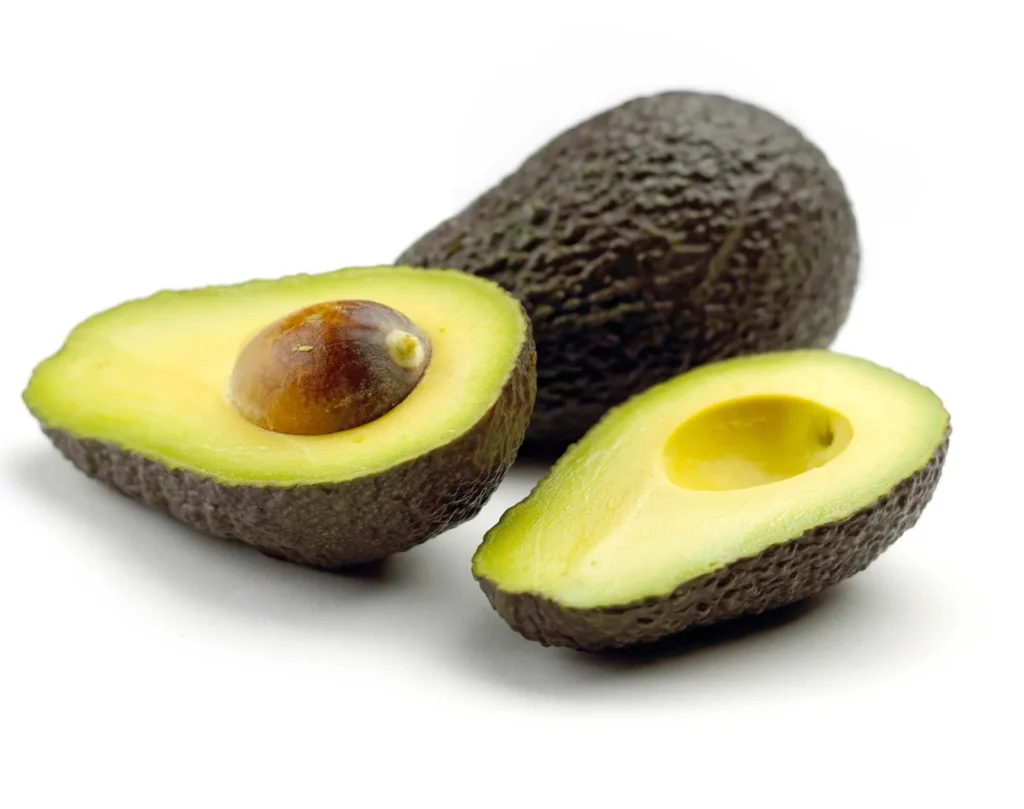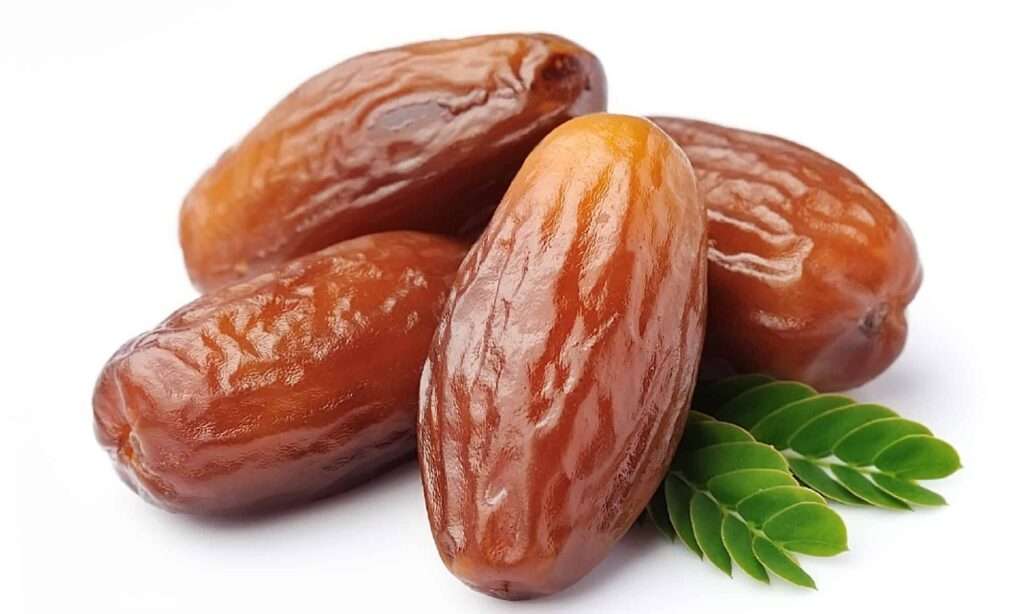
Description
The palm species known as açai, often called assa or assai, belongs to the Arecaceae family and is grown for both its fruit and its delicious hearts of palm. The stems have ring-shaped leaf scars and a crown of 9–15 compound leaves that are 1.2-4 metres (4–13 feet) long on top. The huge branching inflorescences that hang from the tips of the stalks support the tiny brown-purple flowers, which are either staminate (male) or pistillate (female). Small bees and flies pollinate the blossoms, which then yield the acai berries—round drupes. The fruits have a single big seed and are around 1.5 cm (0.6 inch) in diameter. Though the fruit of some populations is still green when it reaches maturity, they typically mature from green to a rich purple colour.
Varieties
The colour of the fruit’s skin (epicarp) on ripe fruits distinguishes the two main types of aça palm: the purple or black aça and the green or white aça. The dark peel and flesh of purple aça are utilized to make the fruit’s purple juice.

Uses
In smoothies and acai bowls, acai fruit pulp is typically safe to consume. They come in a variety of forms, including dried, frozen, juice, powder, and others.
Nutrition
20 calories, 1.5 g total fat, 6 mg calcium, 1 g carbohydrate, and 1 g fiber are found in one 3-gram teaspoon of acai berry powder.
Cultivation
Prefers tropical climates, which are characterized by warm, muggy weather and heavy precipitation. You’ll need a greenhouse with an average humidity of 70–90% and temperatures between 75–80°F if you’re trying to cultivate acai in a climatic zone lower than 9. Even at temperatures as low as 50°F, these trees can survive, but not for long.
Table





